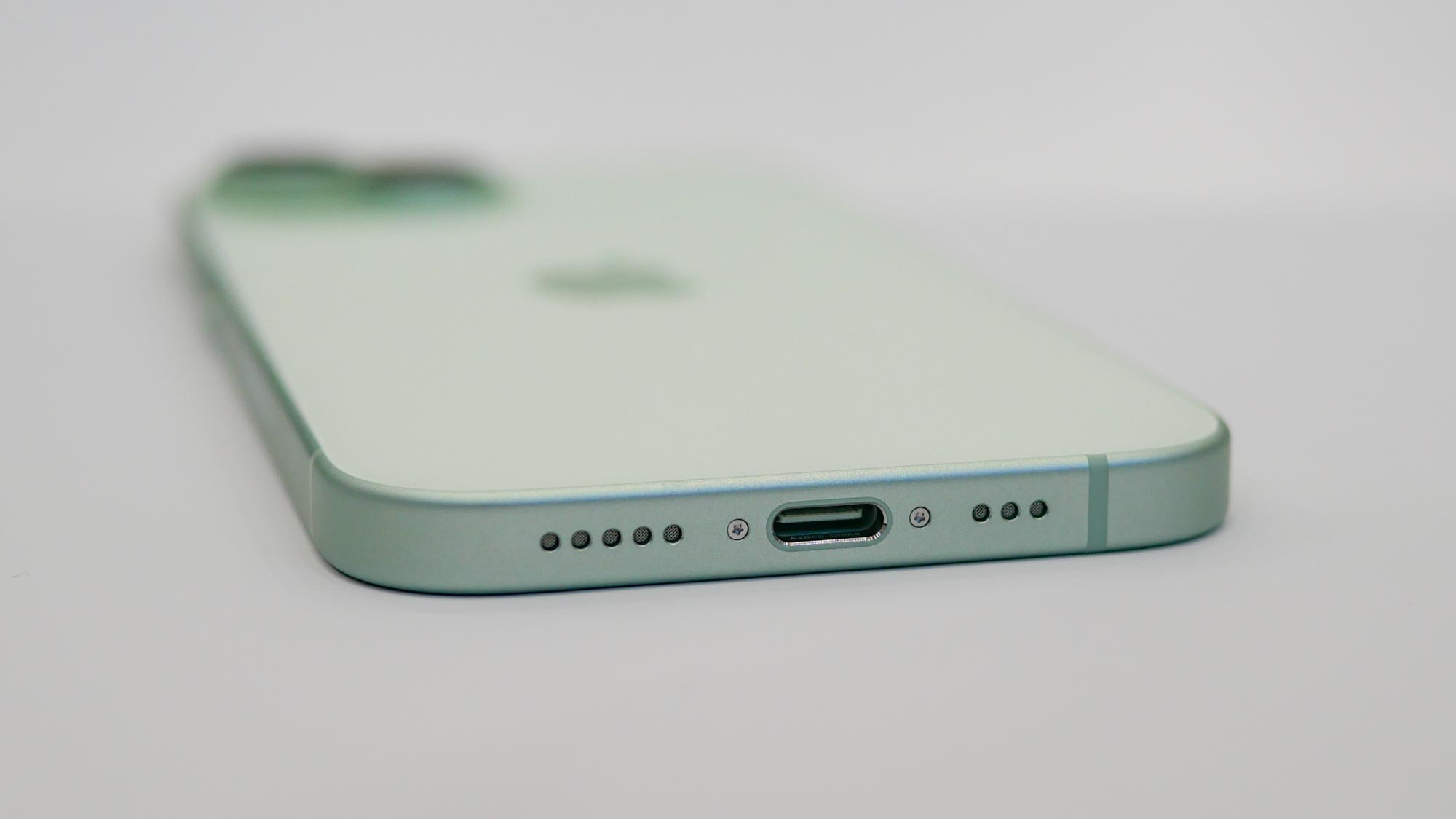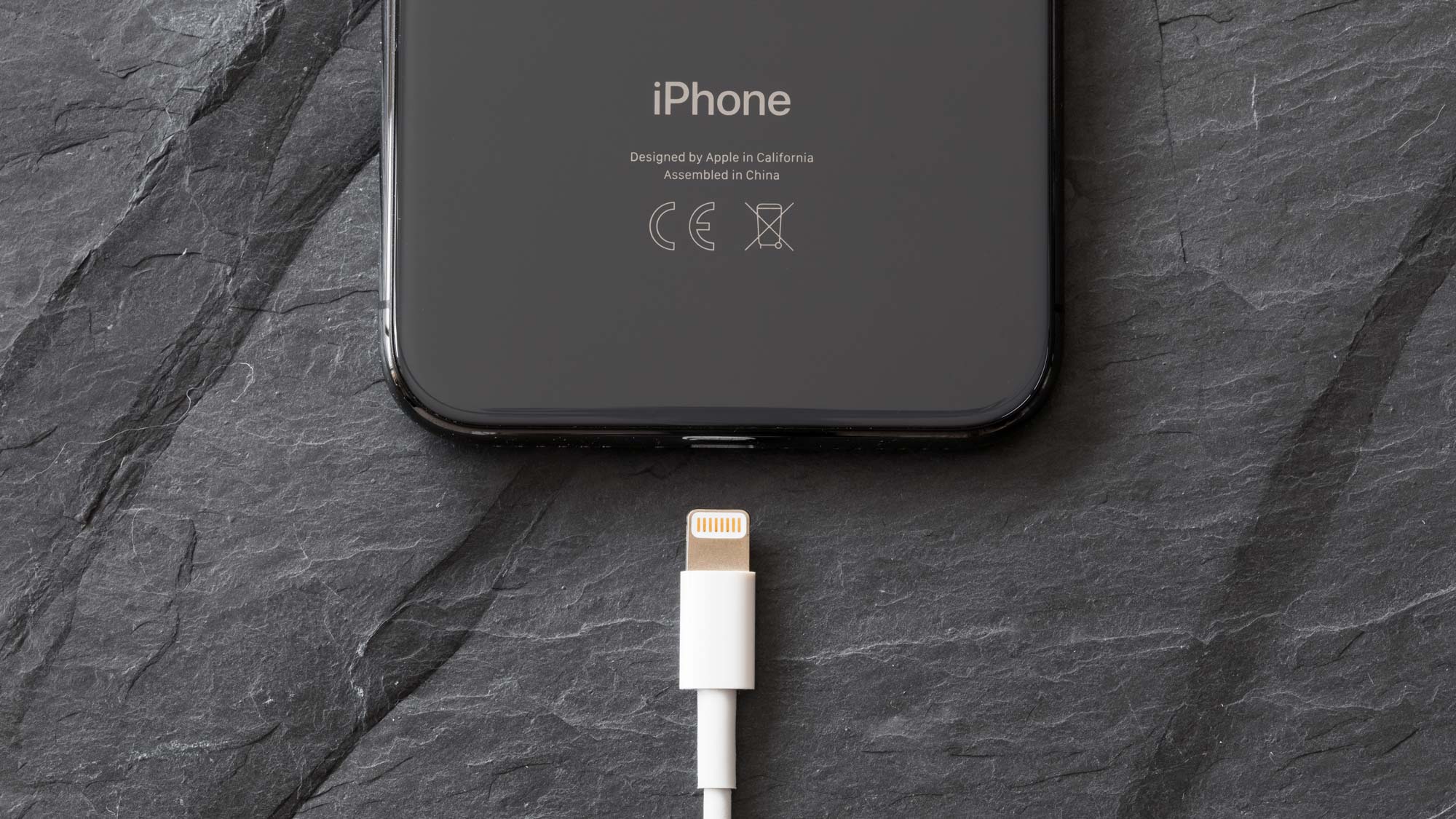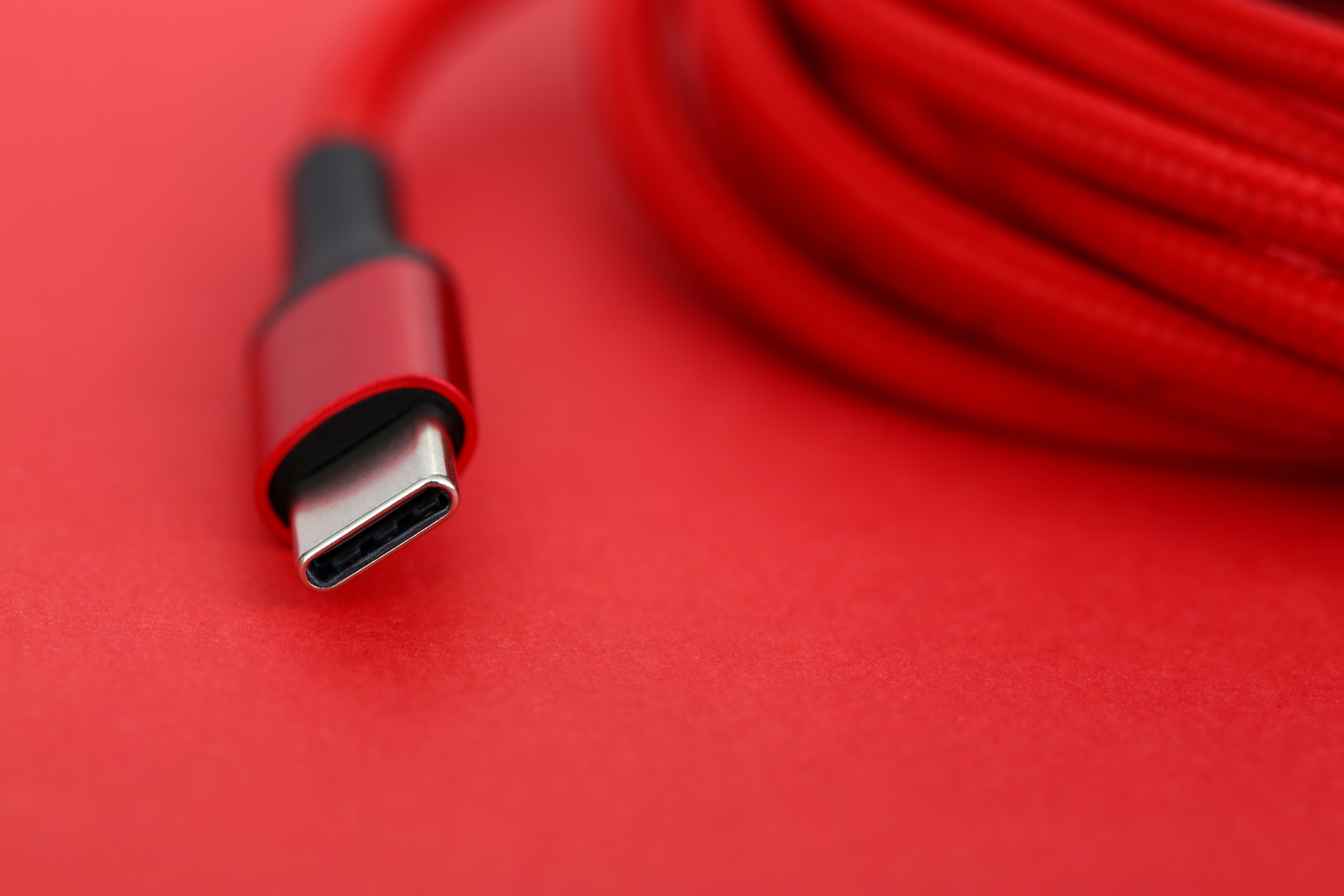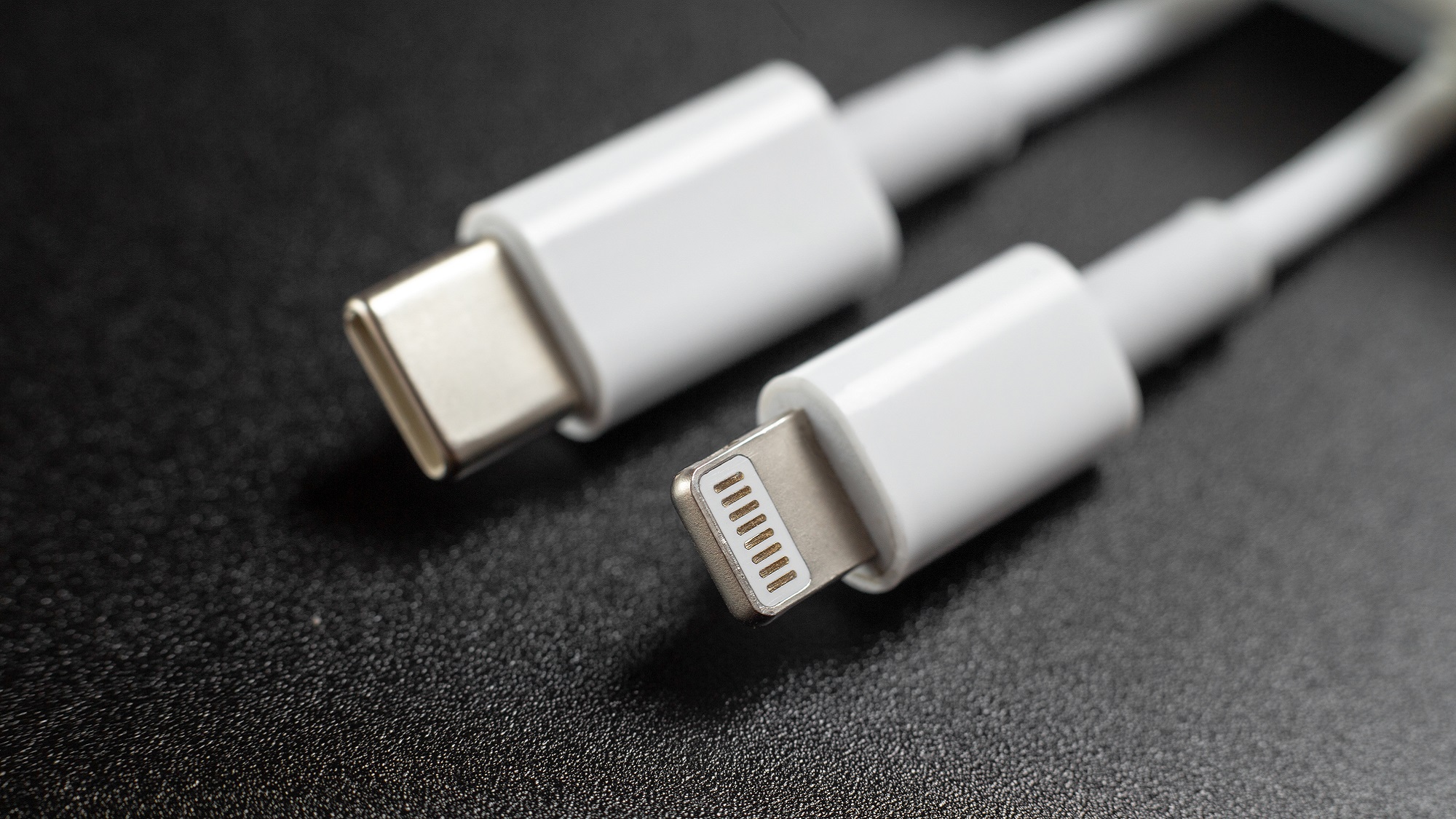iPhone 15 USB-C — don't make this mistake if you upgrade
Cheap USB-C chargers may have unintended consequences

The iPhone 15 is here, and it’s the very first Apple smartphone to come with USB-C connectivity. We’re very pleased about that change, since it means iPhones can finally use the same charging cable as all your other gadgets — including the ones made by Apple itself.
But if you’re a long-time iPhone user, there’s a good chance you’re not as familiar with USB-C as some of your Android-loving compatriots. Since the phones themselves don't come with a charging brick, and are expected to have a USB-C to USB-C cable, you may need to go out and buy one.
If this is the case, and you have no alternative ways of charging your iPhone 15 we feel compelled to warn you against buying the cheapest possible USB-C charger you can find. Not unless you want to risk frying it or, worse, starting a fire.
It sounds like I’m being dramatic, but electricity is dangerous stuff and cheap chargers don’t have the best reputation. In fact the threat of cheaply-made knock-off chargers has plagued USB-C since day one. And it’s important that iPhone users don’t get caught out by this.
For your own safety most of all, and also to avoid giving Apple an excuse to relaunch the “Made for iPhone” accessory certification program.
Lightning has protections against this sort of thing

While knock-off Lightning cables and chargers do exist in huge numbers, Apple had taken precautions to try and prevent unsafe chargers from causing any damage. The Made for iPhone program allowed accessory makers to have their products certified as safe and genuine by Apple — while also giving Apple a cut of each sale.
If you ever tried to use a charger that hadn’t been certified and approved by Made for iPhone, your maximum charging speed was cut in half. It doesn’t matter if you were using Lightning or MagSafe, uncertified chargers were throttled by design — with safety cited as one of the key reasons why.
Sign up to get the BEST of Tom's Guide direct to your inbox.
Get instant access to breaking news, the hottest reviews, great deals and helpful tips.
Official Lightning cables also had a chip that is essentially a fuse, isolating any damage in the event of a power fluctuation. That may wreck your charger, but it would protect your phone from harm.
Unfortunately Made for iPhone was a paid program. Accessory makers had to pay to be involved, and royalties were owed on all sales — which meant certified products had a reputation for being more expensive.
USB-C has a history with unsafe knock-offs

High quality USB-C products do come with similar safety precautions, but there’s no guarantee that cheap ones do. In fact in the early days of the standard, there were several stories about knock-off chargers damaging phones or causing fires because they were poorly and dangerously constructed.
Being an open standard, just about anyone can create their own USB-C cable without having to pay any money for licensing or royalties. But the USB-Implementer’s Forum, who manages the USB standard, does have a list of standards that cables should adhere to. Standards that do ensure cables are not going to cause damage to property or injuries to users.
It didn’t take long for major retailers to ban the sale of chargers and plugs that didn’t meet these standards, but that’s not to say they don’t still exist. Not all retailers have strict protections against knock-off electronics, and even the ones that do can’t 100% guarantee a knock-off hasn’t slipped through the cracks.
Don’t cheap out on USB-C chargers

We’re not saying you have to buy Apple-branded USB-C cables for every device you own; that’s ridiculous. But you do need to be aware that dangerous cables do exist, and they can cause a lot of damage. Sure they’re cheap, but is saving a few bucks worth putting your phone, home or personal safety at risk?
Not all cheap USB-C cables and chargers are unsafe, and you can pick up a perfectly suitable charger without having to pay Apple-level prices. You just have to be vigilant when you’re shopping around, and make sure you buy something that isn’t going to try and burn down your house whole you’re sleeping.
More from Tom's Guide

Tom is the Tom's Guide's UK Phones Editor, tackling the latest smartphone news and vocally expressing his opinions about upcoming features or changes. It's long way from his days as editor of Gizmodo UK, when pretty much everything was on the table. He’s usually found trying to squeeze another giant Lego set onto the shelf, draining very large cups of coffee, or complaining about how terrible his Smart TV is.
